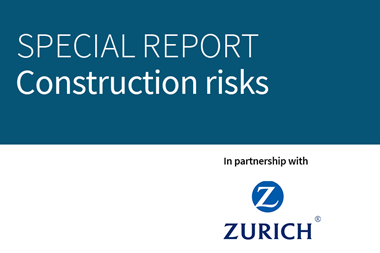The €358.6m publicly financed project may fall foul of European state aid rules

The European Commission is investigating whether the public financing of a test centre for high-speed trains and related equipment (the Centro de Ensayos de Alta Tecnología Ferroviaria (CEATF)) near Malaga in Spain is compatible with EU state aid rules. Under Spain’s current plans, the project costs of €358.6m would be fully financed by the EU Regional Development Fund (ERDF) and Spain. At this stage, the Commission has doubts that the project pursues a genuine objective of common interest.
In September 2013, the Spanish authorities notified to the Commission plans to support the construction of a railroad circuit where producers could test high-speed trains and related equipment at up to 520km/h. The plans foresee that public funding would fully cover the investment costs of €358.6m. The biggest portion of the funding would come from the ERDF with the remainder contributed from the Spanish budget.
The project was assessed under the state aid rules for Research, Development and Innovation (R&D&I) activities, which allow public support for R&D&I projects and research infrastructures. The initial investigation has revealed that demand for such a railway test centre seems low and public opposition, especially on environmental grounds, appears strong. It is therefore doubtful that the project would further an objective of common interest. The Commission also has concerns that the measure might give a selective advantage to CEATF as compared to other high-speed railway testing facilities in the EU that operate without state support.
Moreover, the information provided by Spain so far is not sufficient to verify if the CEATF infrastructure would be effectively available to all potential users in the EU under open and non-discriminatory terms. The current projections also indicate that the project will remain vastly loss making, and it is doubtful that the public financing of the CEATF project will incentivise the private investors to complement the financing with private funding and share the risks of the project. The lack of any involvement of private investors implies that the maximum aid intensity, that is, the proportion of the eligible investment costs, under the state aid rules on public support for the research infrastructure may not be respected.
The new state aid rules, which came into force in July 2014, require, in particular, that a project pursues a demonstrated objective of common interest and addresses a genuine market failure. Moreover, the public support must be necessary to induce the beneficiary to change its behaviour regarding the financing of the project (incentive effect), and limited to the minimum necessary to implement the project. In particular, when aid is to support research infrastructures (that is, facilities, resources and related services that are used by the scientific community to conduct research in their respective fields), the public support for their construction must be limited to a maximum 60% of the eligible costs.




















No comments yet